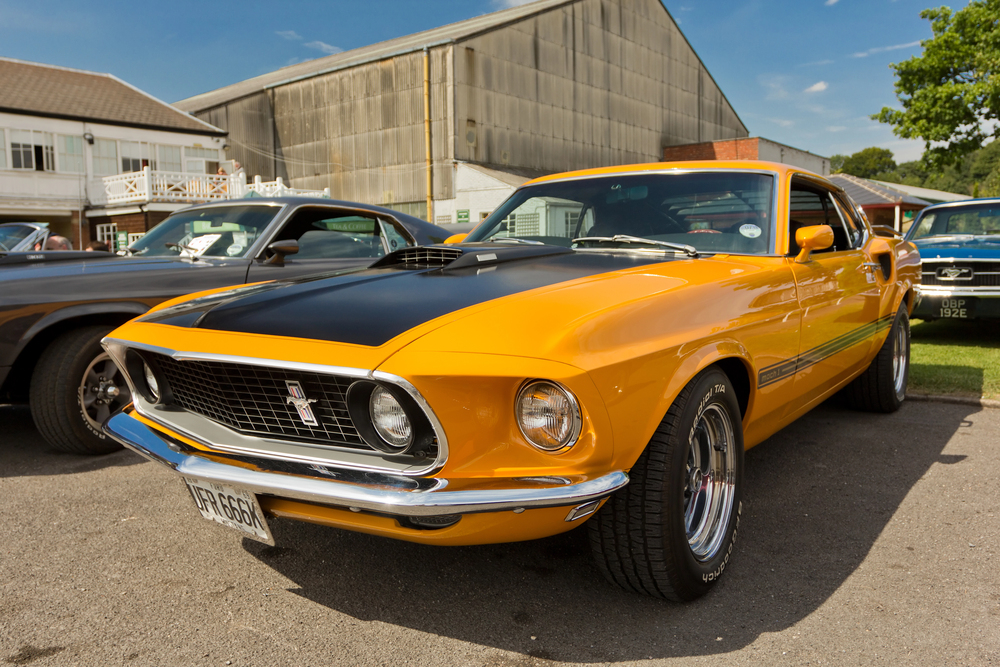American cars are known for their size, power, and bold styling, but getting them onto European roads isn’t as simple as shipping them overseas. From tough regulations to cultural preferences, Europe has set up several barriers, both intentional and not, that make it hard for U.S. models to find a home. These differences go beyond just design or taste; they include everything from emissions to the way roads are built. As a result, many American carmakers face an uphill battle when trying to enter or expand in European markets.
Strict Emissions Standards
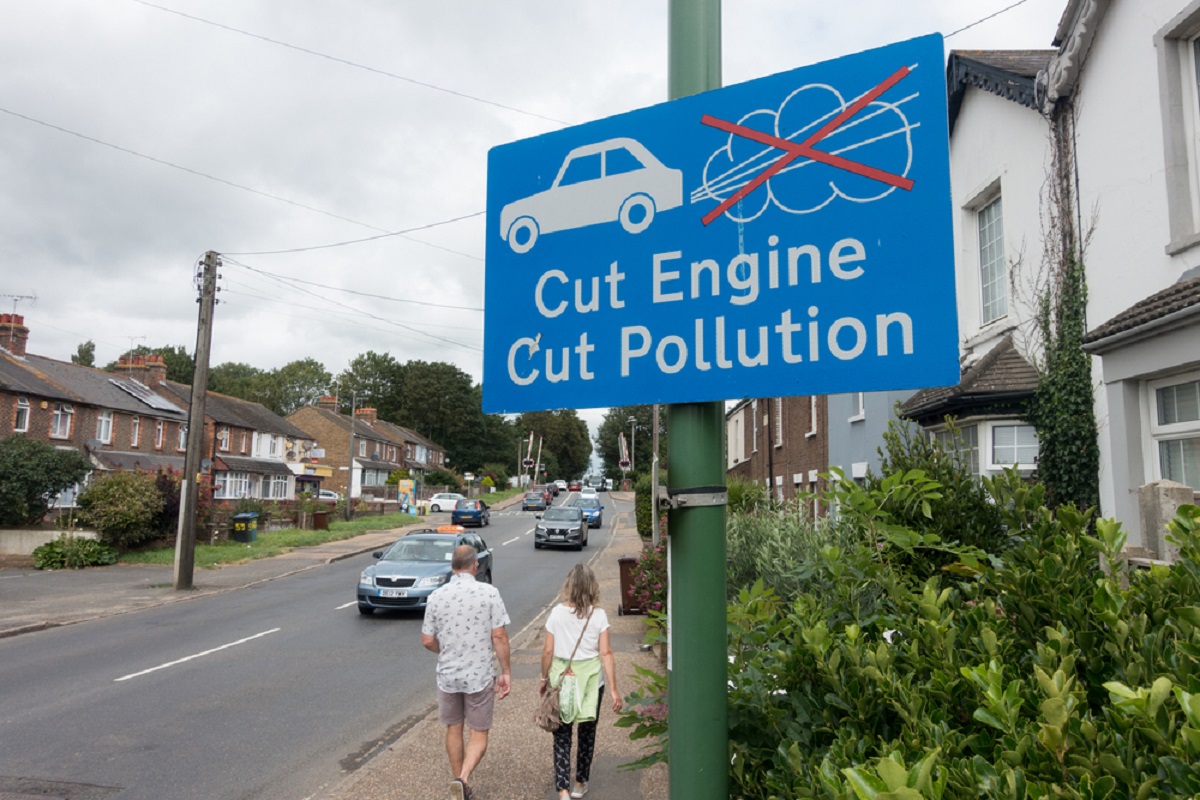
Europe’s environmental rules are much tougher than those in the U.S., especially when it comes to carbon dioxide output. Many American cars have larger engines that don’t meet Euro 6 or newer emission standards without costly modifications. This instantly puts U.S. vehicles at a disadvantage before they even hit European roads.
Fuel Efficiency Requirements

With higher fuel prices and strong environmental concerns, Europe demands better fuel economy from cars. U.S. models often prioritize horsepower over efficiency, making them less appealing and more expensive to operate in Europe. That tradeoff is one many European drivers aren’t willing to make.
Size Constraints on Roads
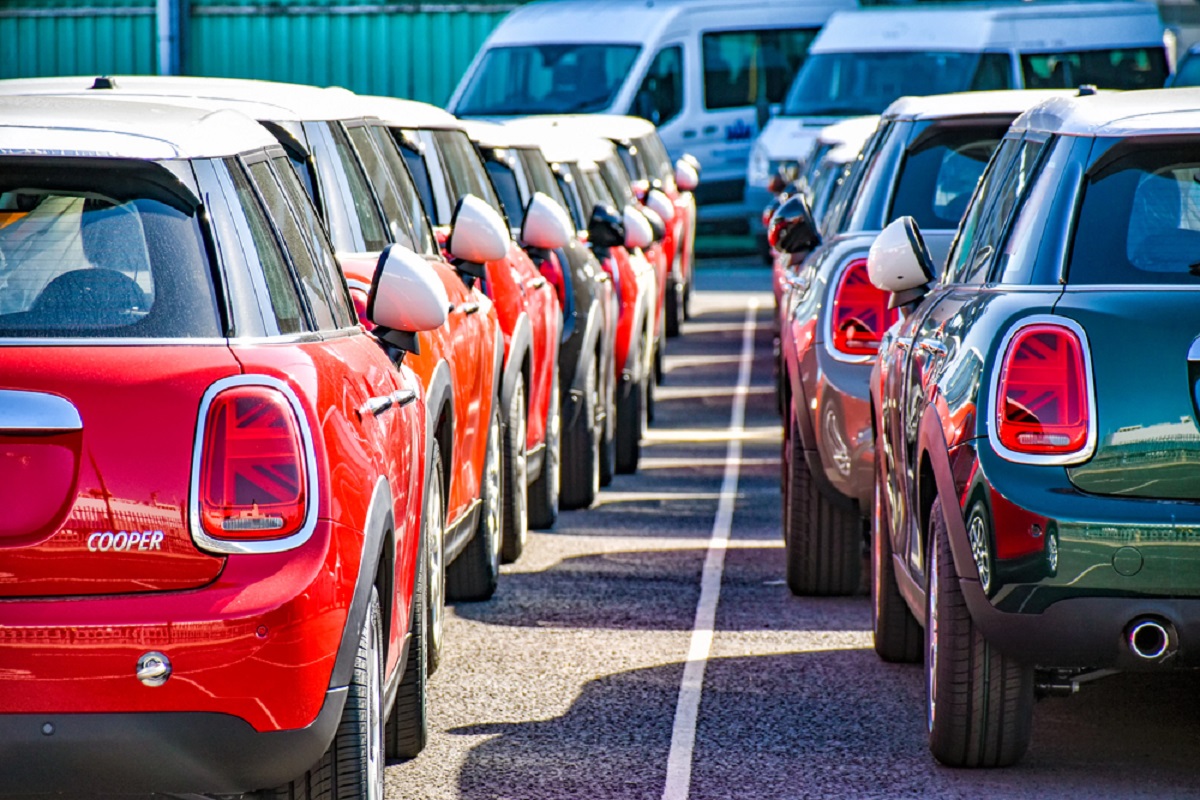
Many U.S. vehicles, particularly trucks and large SUVs, are too big for Europe’s narrow streets and tight parking spaces. European cities were built long before wide vehicles became common, creating a physical barrier for bulky American models. Even if the vehicle is compliant, its sheer size makes it impractical for daily use.
Different Safety Standards
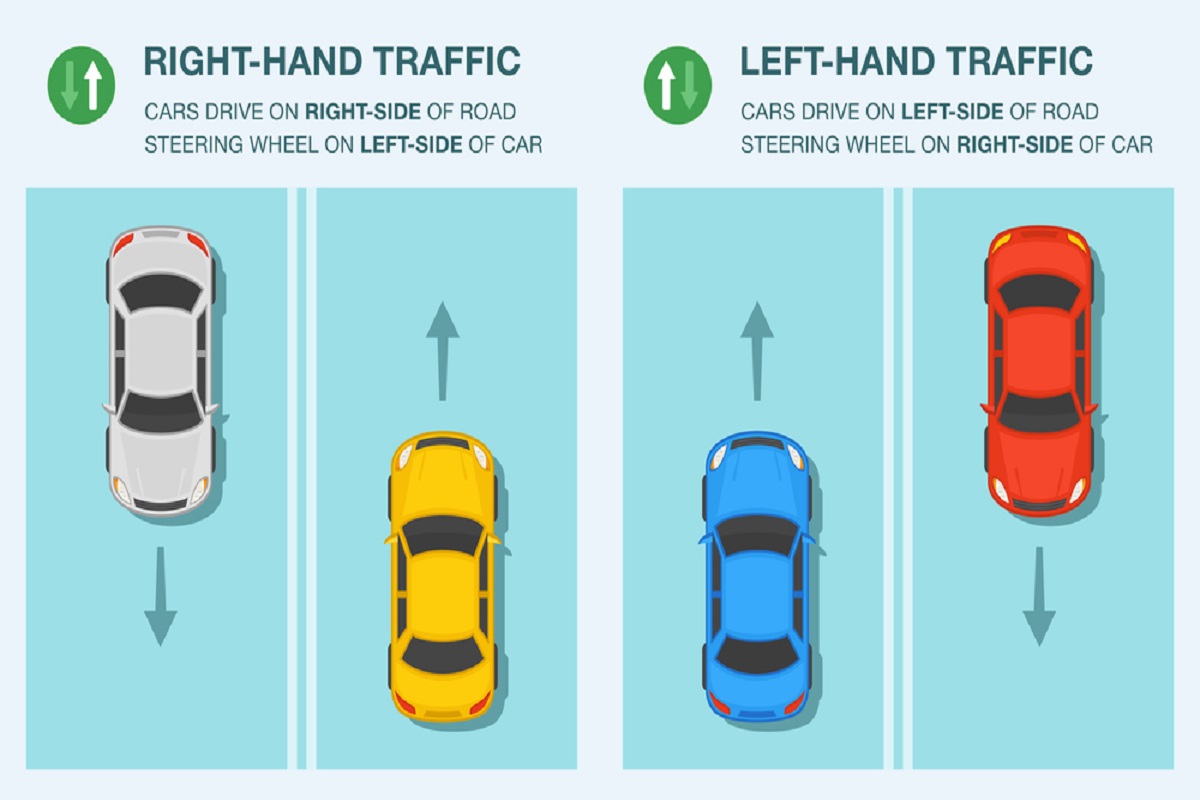
European safety tests differ in both methodology and focus compared to the U.S., leading to vehicles failing certification without redesigns. A car approved in America might still need structural changes to meet EU crash test standards. This often deters manufacturers from exporting models without guaranteed returns.
Related: 12 Alarming Signs The Trucking Industry Is Headed For Disaster Sooner Than You Think
Manual Transmission Preference

Europeans have long favored manual transmissions, while most American cars come standard with automatics. This difference affects everything from price to driving style, making U.S. vehicles feel less connected to the European experience. Manufacturers must offer manual options or risk losing key segments of the market.
Related: 15 Insane Dodge Ram Builds That Will Make You Rethink Pickup Trucks
Urban Congestion Policies

Low-emission zones and congestion charges in major cities like London or Paris penalize high-emission vehicles. Since many American models are not optimized for this kind of regulation, they become costly or even banned in key city centers. Urban restrictions make owning such vehicles more of a hassle than a privilege.
Related: 12 Most Stylish Chevy Trucks Ever Built That Still Dominate The Road
Speed and Performance Expectations
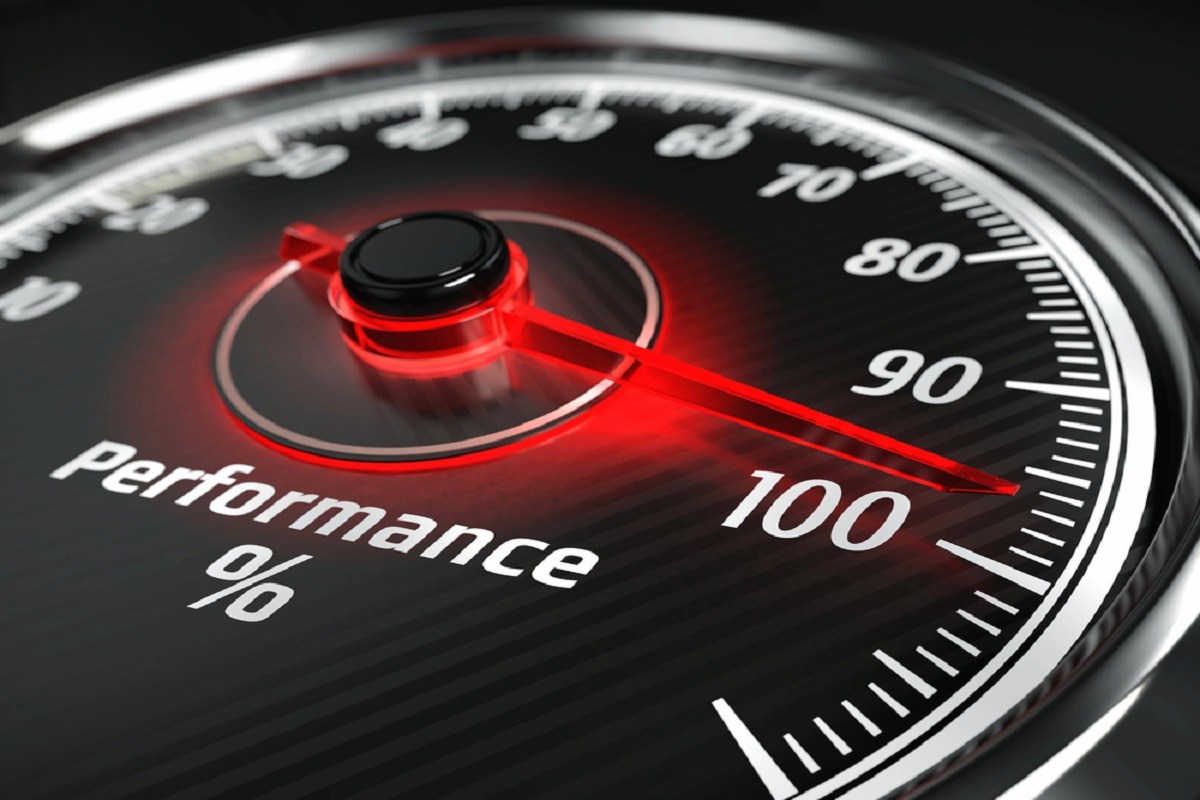
European drivers value precision handling and high-speed stability, particularly in regions with unrestricted highways like Germany’s Autobahn. Many American cars are tuned for comfort and straight-line speed, which may feel underwhelming in European driving conditions. The performance mismatch makes them less appealing to local enthusiasts.
Related: 12 Ways The Ram Truck Has Transformed Over The Decades
Different Crash Test Ratings

Europe’s NCAP crash testing standards are distinct from U.S. evaluations, focusing more on pedestrian safety and side impact. American vehicles built to U.S. specs may score poorly or fail under EU protocols. Reengineering for compliance can be time-consuming and expensive.
Related: 11 Most Underrated American Pickup Trucks You Shouldn’t Ignore
Environmental Mindset
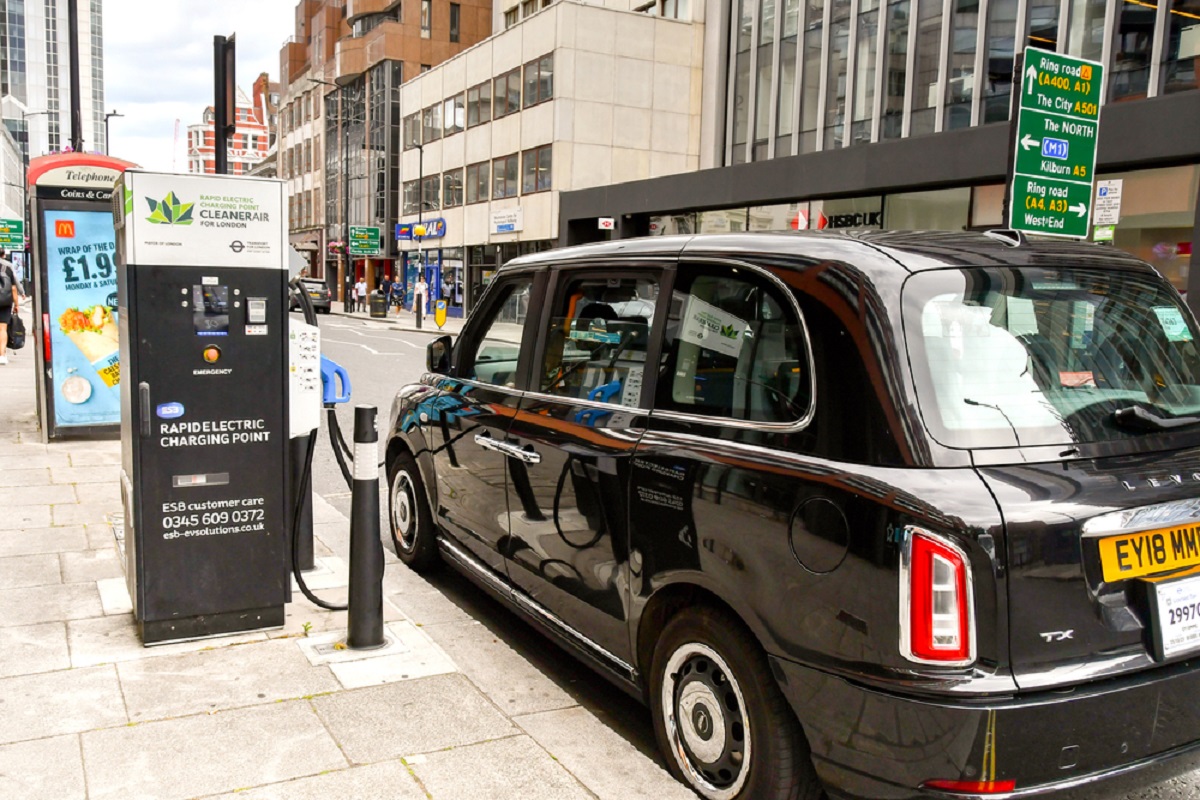
European culture generally emphasizes sustainability and low-impact transportation. Large gas-guzzling vehicles clash with this mindset and face public and political resistance. Even luxury buyers may opt for eco-friendly models over traditional U.S. powerhouses.
Related: 11 Forgotten GM Trucks From The ’60s That Deserve A Comeback
Tough Competition from Local Brands
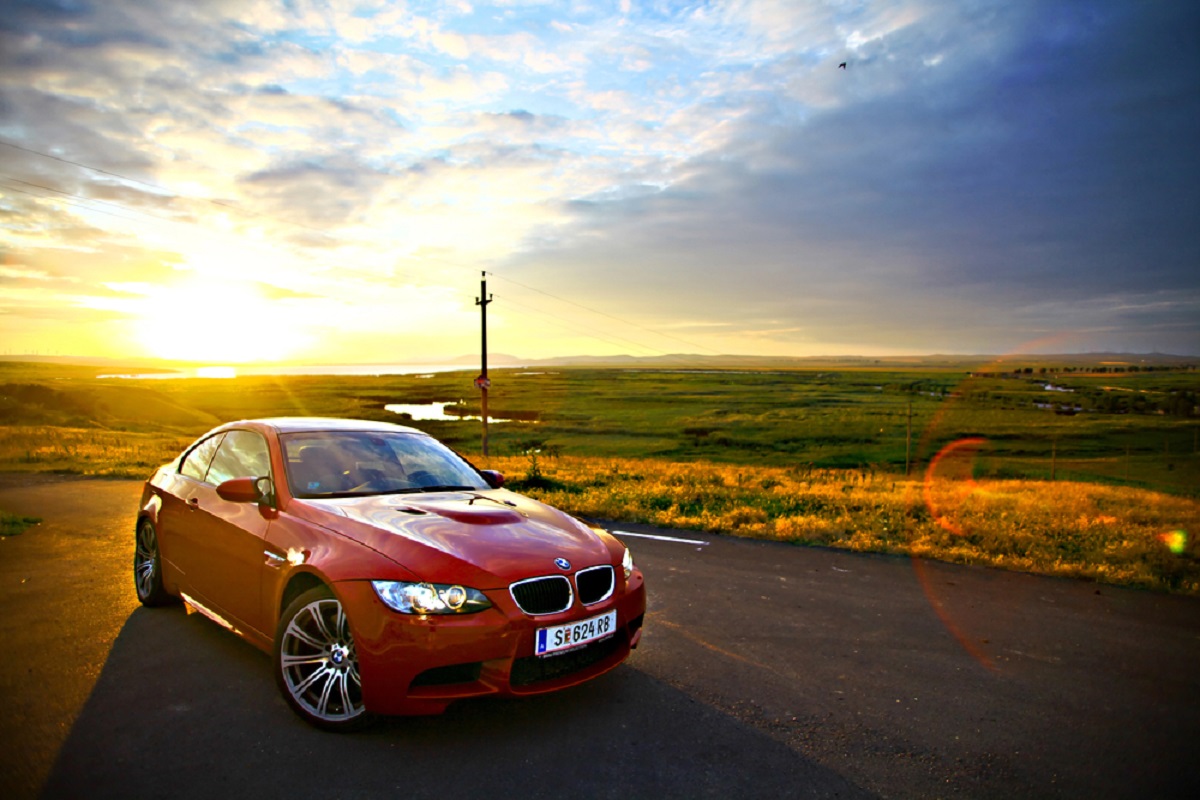
European automakers like Volkswagen, Peugeot, and BMW dominate their home markets with models tailored to local tastes. U.S. vehicles have to work harder to stand out, often offering fewer advantages in cost, design, or practicality. With strong local loyalty and brand heritage, American cars struggle to gain traction.
Related: The 12 Most Insane Four-Cylinder Trucks of 2025
Europe has created an environment where U.S. cars face obstacle after obstacle, from emissions to infrastructure. It’s not just about regulations, it’s about lifestyle, mindset, and a different set of priorities. While a few American models break through, most never reach widespread success. Adapting to these challenges requires more than a flashy vehicle it demands redesign, localization, and long-term strategy. Until then, the divide between U.S. cars and European roads is likely to remain.
Disclaimer: This list is solely the author’s opinion based on research and publicly available information.
12 Epic European Cars Powered By American V8s
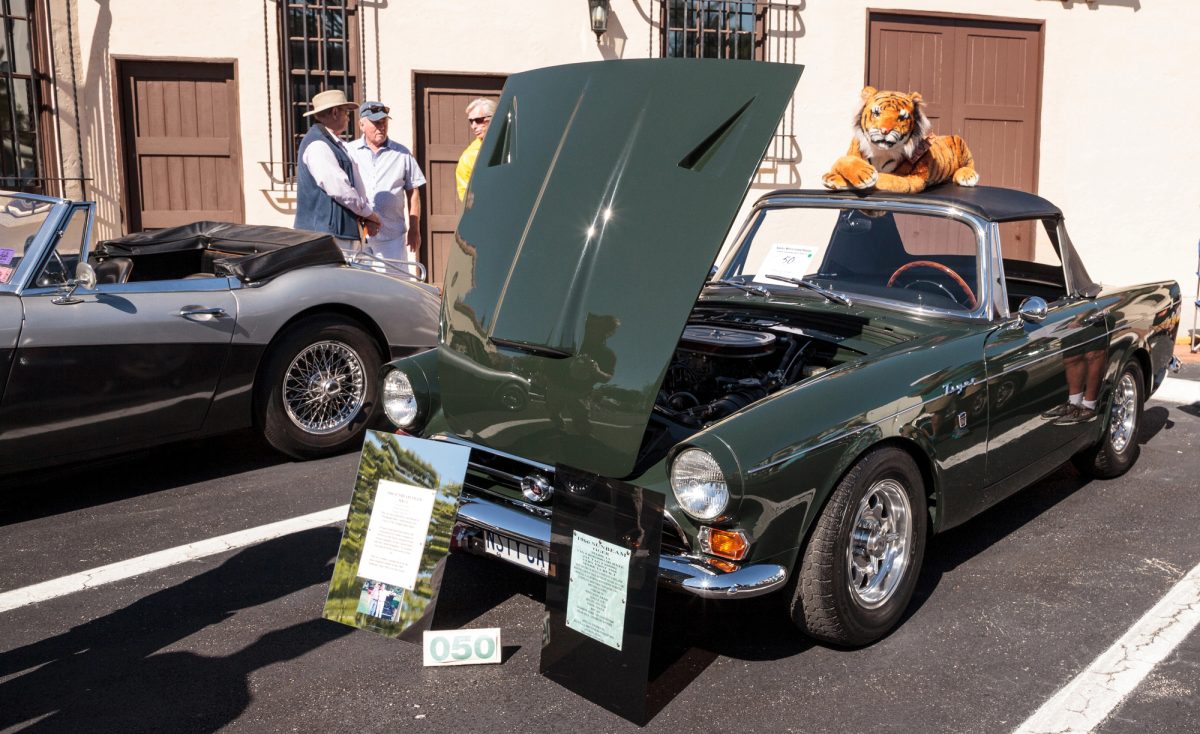
European automakers are known for precision engineering, elegant styling, and refined performance. But sometimes, they turn to the brute force of American V8s to add raw power and reliability to their creations. The result? A perfect blend of European sophistication and American muscle. Here are 12 epic European cars that packed the heart of a U.S.-built V8.
Read it here: 12 Epic European Cars Powered By American V8s
14 Fancy European Cars That Bombed Hard In The US (What Went Wrong?)
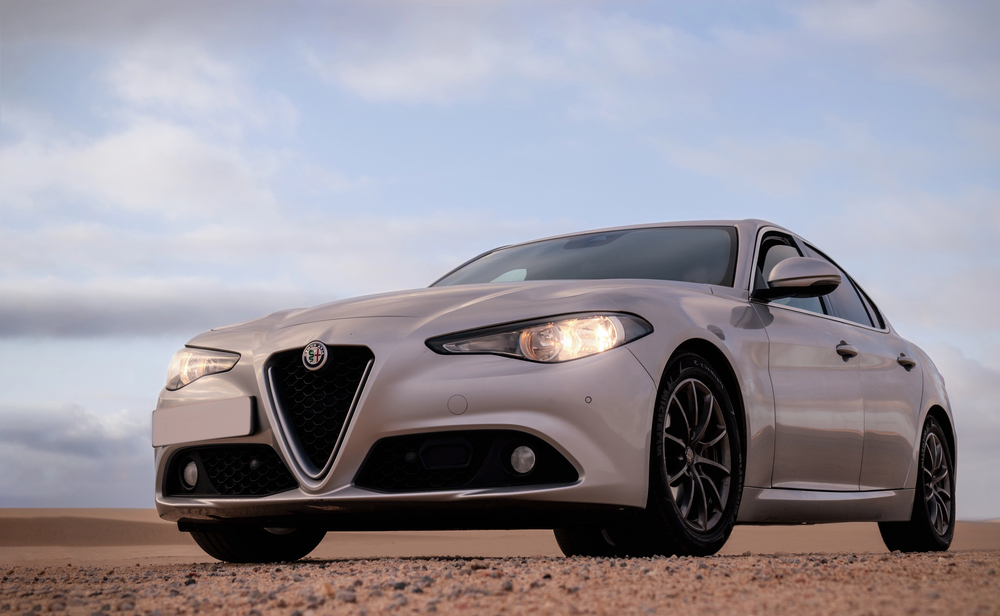
European car manufacturers have long been known for producing luxurious, high-performance, and stylish vehicles. However, not every European import has been a hit in the US market. Some cars suffered from poor reliability, bad marketing, or simply didn’t align with American tastes, leading to their ultimate downfall.
Read it here: 14 Fancy European Cars That Bombed Hard In The US (What Went Wrong?)
13 Eastern European Cars That Spark Nostalgia

Eastern Europe has produced some of the most distinctive, rugged, and endearing cars in automotive history. Whether built for utilitarian purposes, rallying glory, or quirky charm, these vehicles hold a special place in enthusiasts’ hearts. Here are 13 Eastern European cars that bring back fond memories.
Read it here: 13 Eastern European Cars That Spark Nostalgia
You’ll love these related posts:
- 11 Costly Mistakes People Make When Buying A Used Truck
- 14 Mind-Blowing Car Features Inspired by the Cybertruck That You Can Get Now
- The Future of Electric Pickup Trucks: What’s Coming Next
- Skipping This Post Winter Car Checkup Could Cost You Thousands
- The Best Spring Deals You Can’t Afford To Miss With Dropping Car Prices


